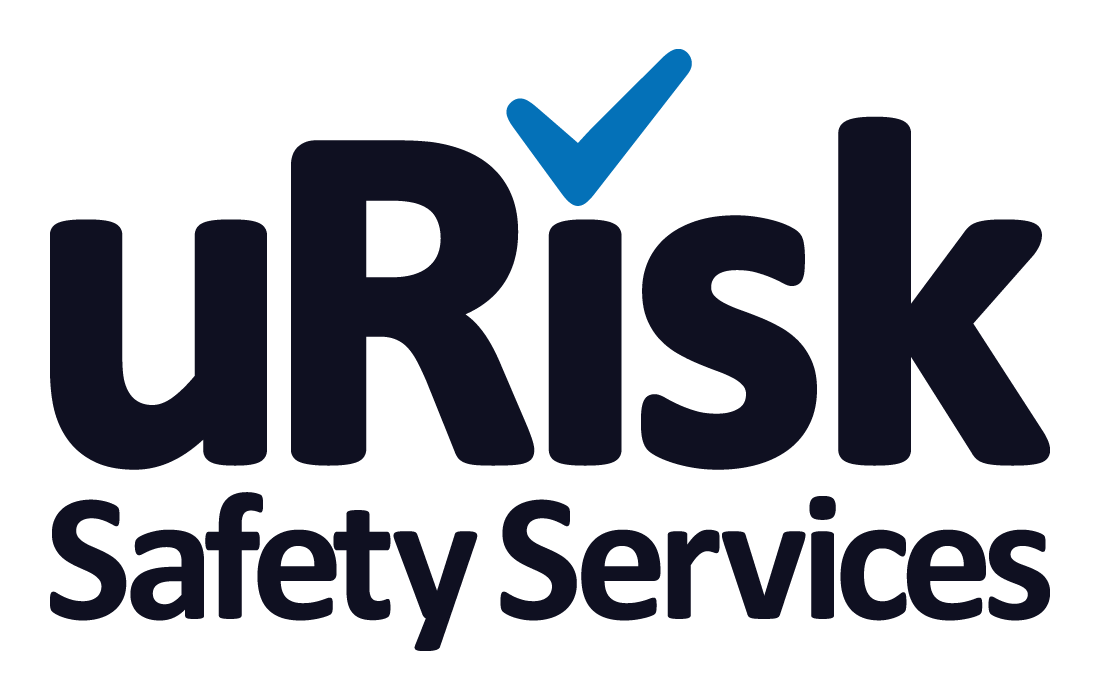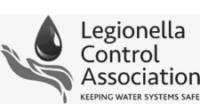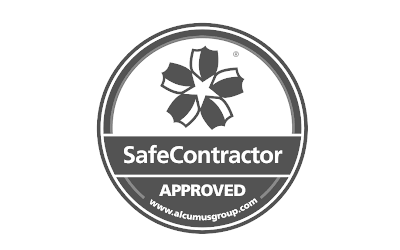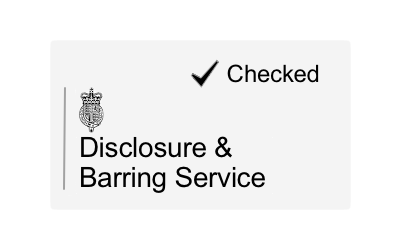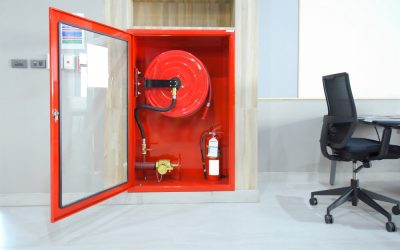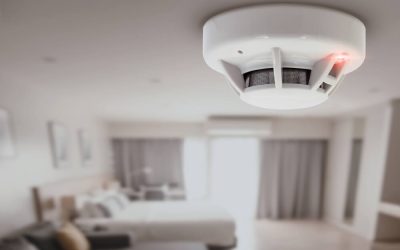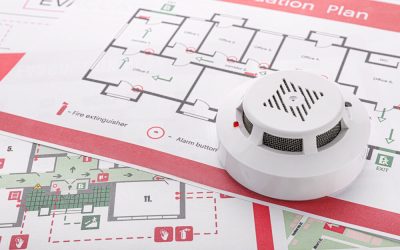Looking for a GP Surgery Health and Safety Risk Assessment?
Health and safety in your GP surgery is hugely important. With so many sick and vulnerable people visiting on a daily basis, it’s vital that you minimise any risks to your patients. If you are about to undertake a GP practice health and safety risk assessment, remember to include a legionella risk assessment as part of your strategy.
Under the Health and Safety at Work etc Act 1974, as an employer, you have a duty of care to ensure the health, safety and welfare of everyone who uses GP practices – including staff, patients, contractors and visitors. Risk assessments involve identifying things in your GP surgery that could cause harm to people and making sure action is taken to minimise the risks from them.
Why legionella is a problem for GP surgeries
Legionella bacteria could be a particular hazard for your GP practice because if people with reduced immunity become infected, they could go on to develop the potentially fatal Legionnaires’ disease. People who are at higher risk of Legionnaires’ disease are those over the age of 45, smokers, heavy drinkers, and those with chronic respiratory or kidney disease.
Controlling legionella
Legionella bacteria are found in natural environments, for example, ponds, lakes and rivers, although in nature, they usually occur in very low numbers. However, if the bacterium gets into our water systems and conditions are right for it to breed and thrive, it can become a problem. The optimum conditions that allow legionella bacteria to thrive are stagnant water and water that is at a temperature of between 20°C and 45°C. If the water is colder than 20°C, the bacteria become dormant – but as soon as the temperature rises above 20°C, they are reactivated and will start breeding. When the water temperature is above 50°C, the bacteria will begin to die off. The higher the temperature, the quicker the bacteria die. After water has been maintained at 50°C for two hours, around 90% of legionella bacteria will be killed off. If the water temperature is 60°C, 90% of the bacteria will be killed in just a couple of minutes. If your hot water reaches 70°C, 100% of the legionella bacteria will die straight away. We suggest using a legionella thermometer to manage and measure water temperature.
This is why it is imperative that the hot water used by GP surgeries, or any healthcare facility, is kept at a minimum temperature of 55°C. However, hot water can be dangerous to humans too because of the high risk of scalding. You can minimise this risk by installing thermostatic mixing valves (TMVs). TMVs are devices that blend cold water with the hot water just as the water reaches the tap. This allows you to have the water hot enough to control the legionella bacteria at the same time as cooling it down enough for people to use safely.
Is legionella risk assessment mandatory for GP surgeries?
The Care Quality Commission (CQC) states: “All systems require a risk assessment, but not all systems will require elaborate control measures. Neither CQC nor HSE make any requirements about who carries out the risk assessment other than that they should be competent to carry out the task.” The Health and Safety Executive’s Approved Code of Practice Legionnaires’ disease: The control of legionella bacteria in water systems gives more detailed guidance on controlling the risks.
The safest solution for your patients and staff would be to outsource your GP surgery’s legionella risk assessment to an experienced specialist company such as uRisk. We not only undertake assessments, we also provide preventative and remedial solutions that will support your surgery in reducing the risks associated with legionella bacteria and Legionnaires’ disease. Contact us to find out more.
Legionella and Water Hygiene Blog Posts
Office Fire Risk Assessment
As you would expect, keeping your office safe from the risk of fire is a legal requirement under the Regulatory Reform (Fire Safety) Order 2005. If you are the owner or manager of a business, or landlord of an office building, it is your responsibility to ensure your...
Fire Risk Assessment For Flats
Your legal requirements as a landlord include taking precautions to keep your tenants safe, including when it comes to the risk of fire in flats. As part of the fire safety regulations, fire risk assessments for flats is therefore part of your legal obligation to...
Getting A Risk Assessment For Fire in the UK
As an employer, landlord or facilities manager, it is your legal responsibility to keep everyone who uses your premises safe. A fire risk assessment is an important part of this because it identifies what might cause a fire so you can take steps to prevent one, as...
